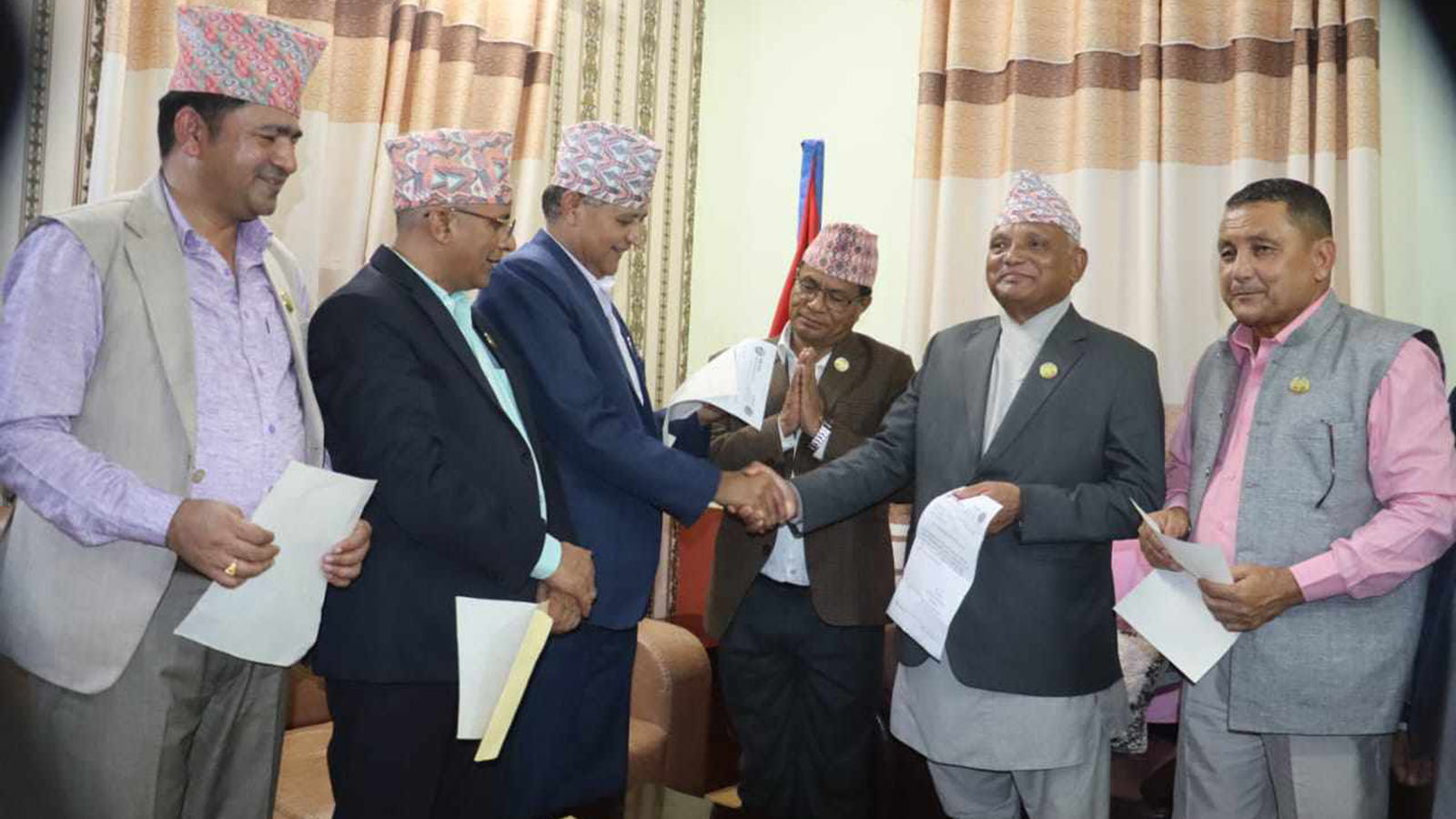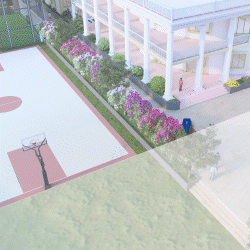Bajura: millet-maize extraction, rice loss
We use Google Cloud Translation Services. Google requires we provide the following disclaimer relating to use of this service:
This service may contain translations powered by Google. Google disclaims all warranties related to the translations, expressed or implied, including any warranties of accuracy, reliability, and any implied warranties of merchantability, fitness for a particular purpose, and noninfringement.


After the traders from outside started reaching the villages, the crops such as millet and corn produced in the remote settlements of Bajura started reaching the city. On the other hand, for rice imported from the Terai region, the district loses.



According to Krishi Gyan Kendra, 2200 quintals of millet worth 66 lakh rupees have been exported in the current financial year alone. However, in the capital Martadi on Sunday, the rice of the Food and Trade Company was lost among the locals.
Millet has been sold at the rate of three thousand rupees per quintal this year from the rural areas of Bajura. The retail price has gone up to Rs 40 per kg. Meenprasad Jaishi, head of Gyan Center, says, "This year, millet worth 6.6 million was sold from Bajura and exported to India as well." On the other hand, it is difficult to buy rice.'
The residents of Bajura, where the area of rice cultivation is small, depend on rice imported from the Terai region. In the warehouse of Nepal Food and Trade Company located in the headquarters Martadi, there was a rush for rice among the people who came to buy rice all day on Sunday. Due to overcrowding, security personnel had to be deployed to manage the crowd.
After a long time, the company that distributed the sale of coarse rice in a limited quantity had to impose a rule that only 25 kg per person could be purchased. "Even though the crowd was uncontrollable, the police had to be mobilized," said Umesh Bhandari, head of the company's Bajura branch. Locals say there has been a change. "The practice of eating rice has increased more than the consumption of Raithane crop products . That's why millet, corn, beans, beans, soybeans, potatoes, apples, and cabbage produced in the district were exported," says Jaishi, the head of the Knowledge Center. "This year, agricultural products worth more than 23 million rupees from Bajura were exported outside the district.
He said that it is ironic that there is a conflict for rice by sending out Raithane products. According to Gyan Kendra, in the current fiscal year, 2,200 quintals of millet worth 6.6 million, 500 quintals of corn worth 1.5 million, 250 quintals of beans worth 37 million, One hundred quintals of Phapar, Chino and Kaguno worth 1 million, two hundred quintals of soybean worth 2 million have been exported from the district.
Similarly, 200 quintals of apples worth 20 lakhs, 1000 quintals of potatoes worth 30 lakhs and 2000 quintals of cabbage worth 5 lakhs have been sold outside the district. Jaishi, head of the center, says that since the United Nations has celebrated the year 2023 as the 'millet crop year', there is an opportunity for the marketing of millet produced in Bajura.
Millet was produced in Bajura from the past. "Marketing was done this year," said Jaishi, the head of the center, "for the first time, Indian traders reached the villages." The road network extended to the village also reached the village's millet city when the buyer reached it.'
The employees of Gyan Kendra say that due to the development of rice eating culture in recent years, Raithane's crop production has declined. An employee says that ``Eating rice is considered an honorable life and not eating it is considered poor, so the area of Raithane crop production is decreasing . Most of the land looks barren.
Tekendra Bahadur Singh, who has been working in Raithan crop production and promotion for a decade, has made a habit of giving rice as food. "First of all, it was customary to consume local products." It was customary to eat potato, corn, millet and beans. Now we are fed up," Singh said, "It seems like the custom of eating corn is going to disappear. Maize is sold only as a donation from goats and goats. According to him, the consumption and demand of traditional food is increasing in the city, but due to the spread of the practice of rice in the villages, the level of food risk is increasing for the districts where rice cultivation is low.
On the other hand, the area of paddy cultivation in Bajura is very small. According to Gyan Kendra, 60,000 quintals of rice are imported annually in Bajura. About 20,000 quintals are sold by food companies and 40,000 quintals are sold by the private sector. In Bajura, there is a shortage of food in Colti area, including Martadi, the headquarters. Residents of these areas depend on food companies and market rice. Despite the high demand, the company has not been able to supply according to the demand.
 प्रकाशित : फाल्गुन १५, २०८० १९:१९
प्रकाशित : फाल्गुन १५, २०८० १९:१९

 २२.१२°C काठमाडौं
२२.१२°C काठमाडौं


















